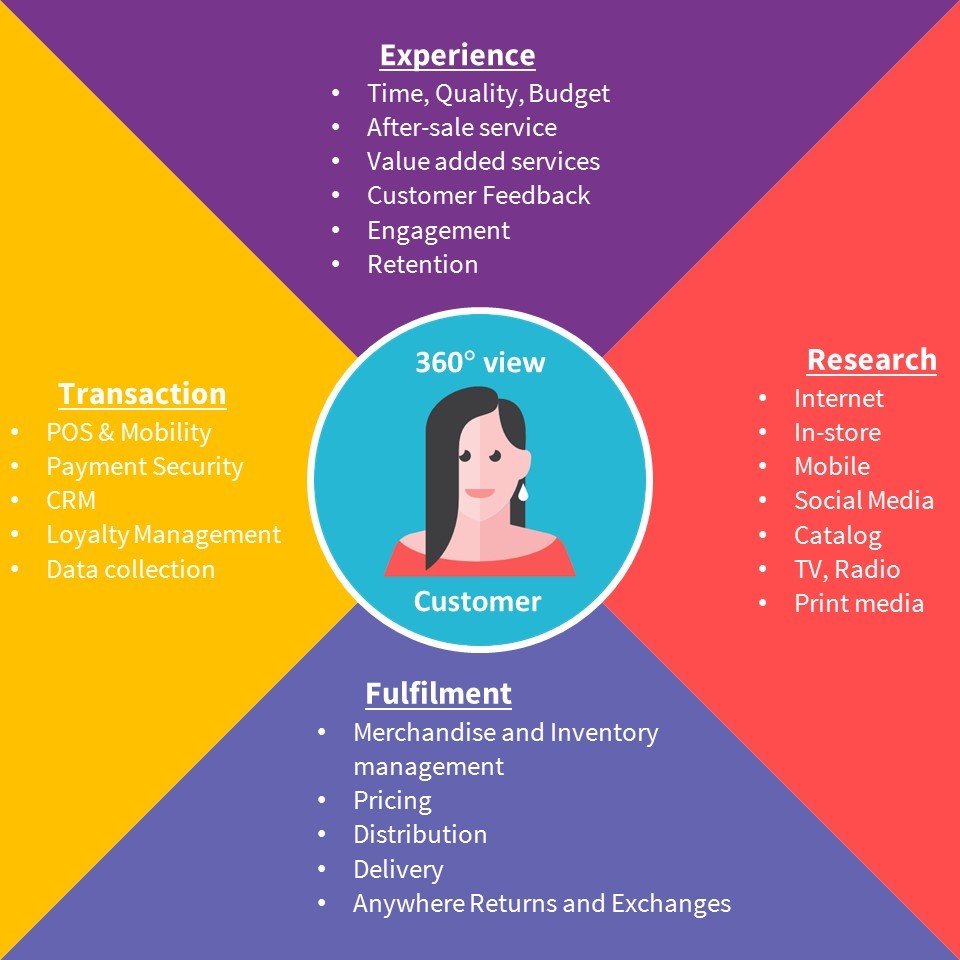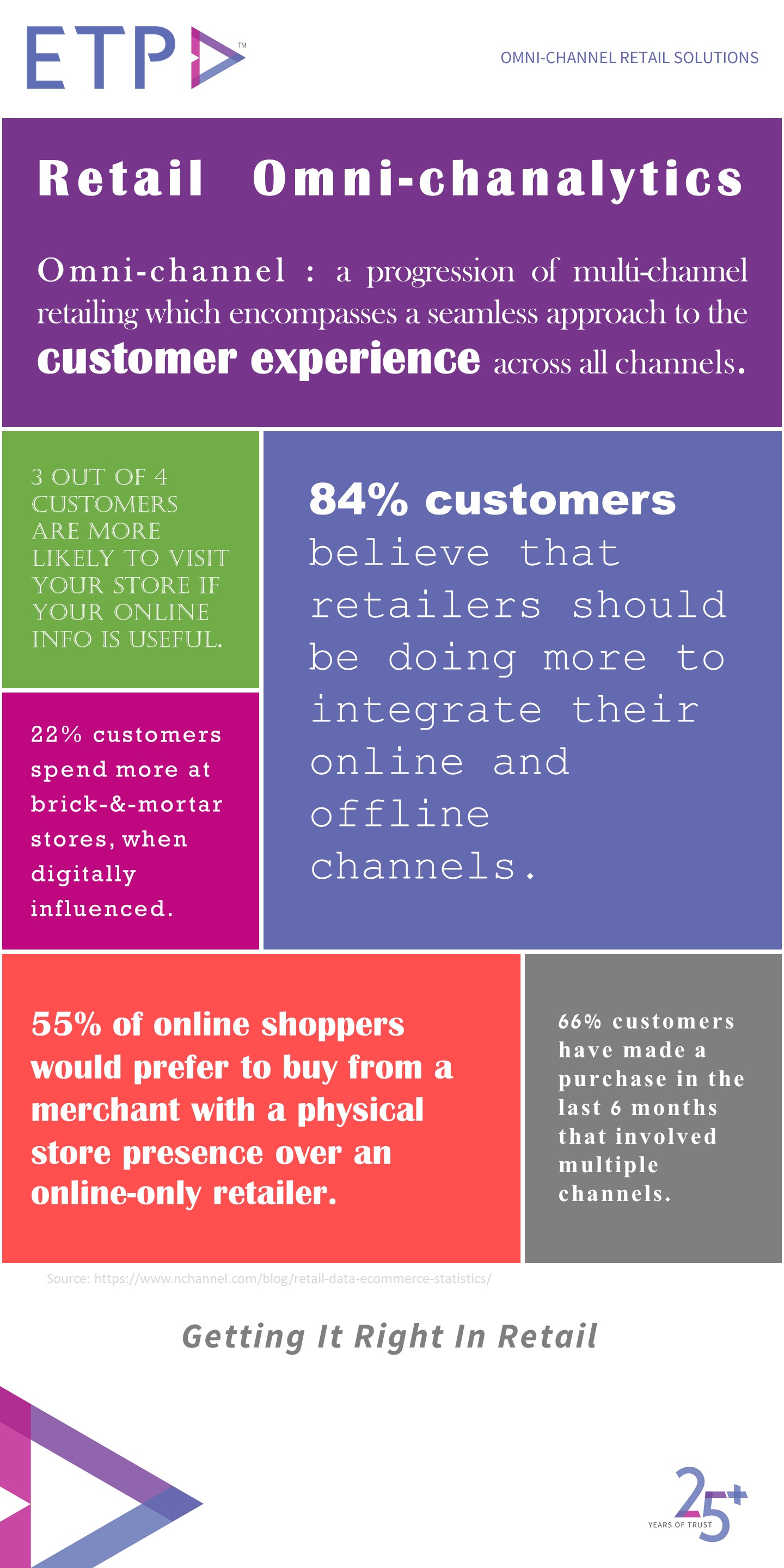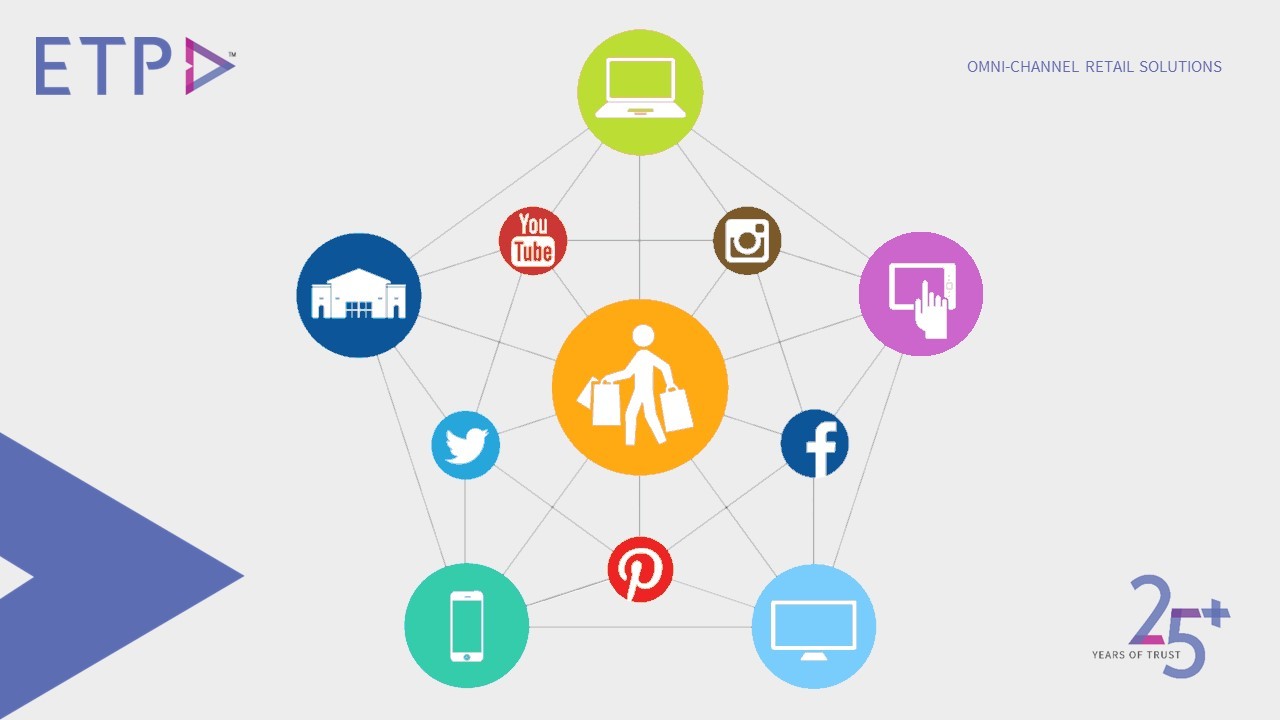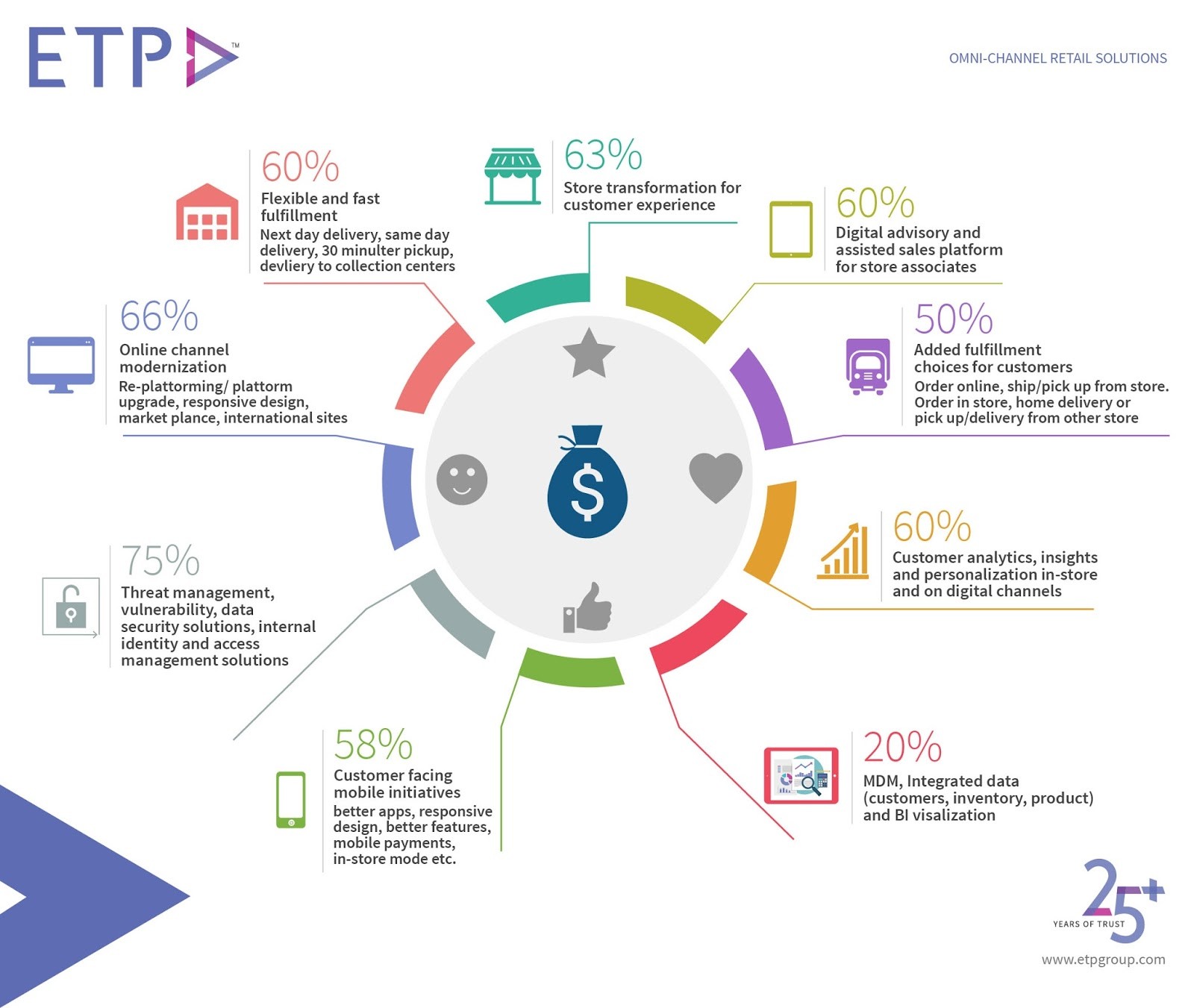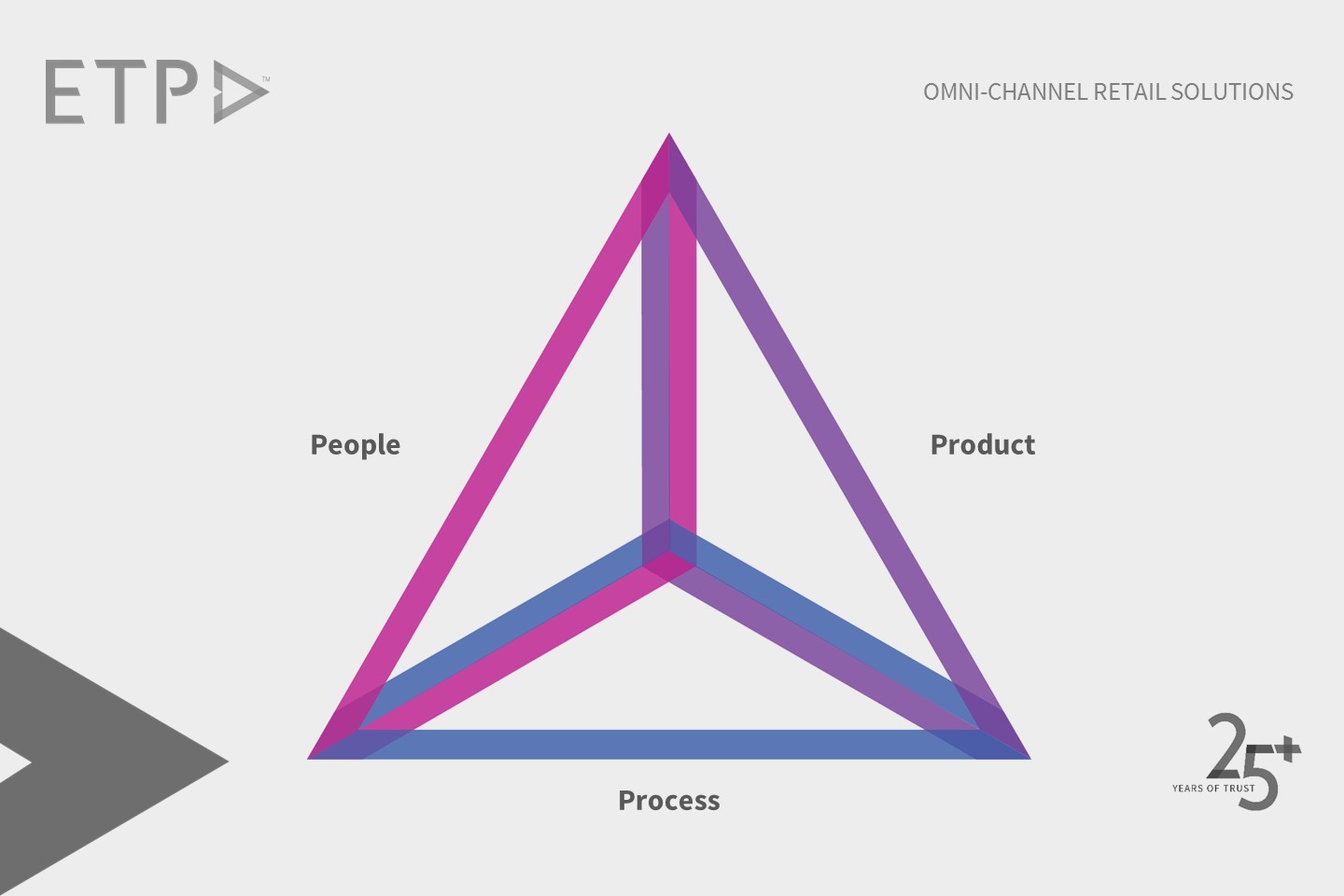
Retail as a business, is highly complicated as there are numerous aspects and operations involved in its successful and smooth functioning. Right from stocking a product in the store to the customer checking out of the store with that product, the entire flow can be broken down into intermediate activities that need to be managed carefully for the overall business to be complete. Now, with the influence of advanced technology, the scope of retail has further expanded to incorporate a host of other concepts and functions, thus complicating the whole process. But from the olden days till date, to run a retail business effectively, no matter how complicated it is, there are 3 basic and important aspects that need to be taken care of:
People – Retail is all about people. The retailer or the business owner along with the other employees including the store staff and most importantly, the buying customer are all important for retail. Even in the case of online retailing or e-tailing, there are people working in the background for the business to run efficiently, as well as to ensure that orders are fulfilled right up to the customer’s doorstep. The need of the hour for retail businesses to survive is to become ‘customer-centric’, and customers needless to say again, are people. The importance of people cannot be stressed any further and the right people management, be it customers or employees, would definitely go a long way in making the business better.
Product – The core objective of retail is to ensure that customers can procure/avail the products/services they desire, when they need them. In simple words, retailing is where demand for a certain product is successfully fulfilled by the retail channels. As such, the ‘product’ is a necessary entity for the business to take place. Retailers need to be aware of the products that customers are looking for and have them readily available and at reasonable costs. Having the right product at the right place at the right time in the right quantity and at the right price is key for running a successful retail business.
Process – A business is set of processes that should be carried out effectively to achieve the objectives of the business. In retail, there are a host of processes that need to be undertaken and managed for the proper functioning of the business. The right systems in place along with pre-defined rules to guide each and every process, and timely monitoring to assess the performance of each function is highly essential for any retail business to not only sustain, but also to garner profit and grow.
The right people with the right products and the right processes, and effective management of the three will help business owners to get it right in retail.

